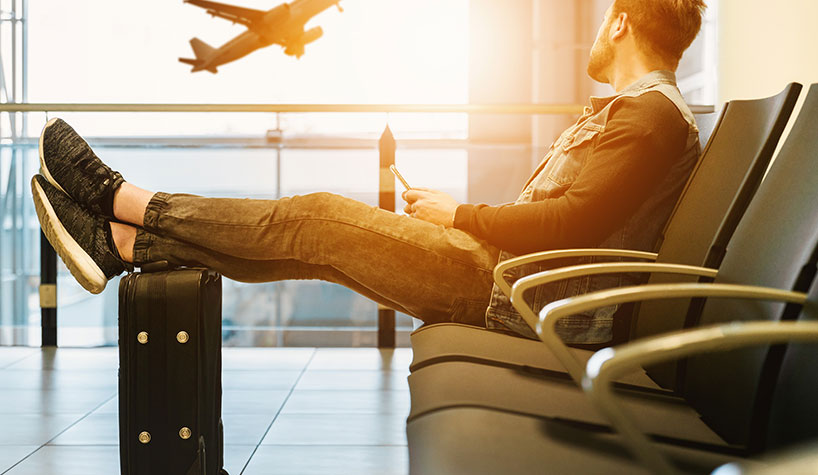NATIONAL REPORT—As the new decade is underway, it’s time to look at the state of the travel industry.
Sojern, a provider of digital marketing solutions for travel, published the second edition of its report, “The Future of Travel Advertising: 2020 State of the Industry Report.” Surveying more than 1,100 global travel marketers across 26 countries, Sojern sought to understand the key challenges marketers face, how they overcame them, and their strategies for the coming year.
One surprising finding in the report was the number of marketers that are exhibiting an “always-on” behavior in terms of campaign strategies, according to Myla Tutt, director of marketing, Sojern.
“A lot of times, we talk of seasonality and because they’re in high season, we don’t recommend that,” she said. “It’s because travelers are shifting their booking behavior and the traveler is always on, sometimes searching for the next trip on the current trip. Marketers should be responding with their own campaign strategies and be always on.”
According to the data, 47% of always-on campaign strategies pair always-on with seasonal or promotional campaigns to reach their audience in real time. “There’s no such thing as going dark because of the changes in traveler behavior,” she said.
Globally, travel marketers are challenged with targeting travelers during a specific point along their path to purchase. What makes the targeting difficult?
The Sojern study found that the issue tied with two other issues: Marketers are finding it difficult to keep up with the fast pace of advertising and providing return on investment for advertising strategies.
“Targeting along the path to purchase is complex,” she said. “These travelers are always on and can visit hundreds of sites to plan a trip and book a business and leisure trip in same day. Gaining that insight along with where travelers are in any moment in time and then marketing to them with an effective and impactful message is still a challenge. We’re trying to solve that problem at Sojern. We have real-time travel intent data and travel profiles to help advertisers understand where they can market more efficiently on the path to purchase.”
Another trend cited in the report was an investment in connected TV (CTV), which is any TV that can be connected to the internet or any devices connected to a TV, such as streaming devices Roku and Apple TV.
“It’s become a hot topic and vastly important for marketers as there’s a peak opportunity due to a huge influx of investment,” she said. “Millennials are entering into a buying power segment, and they prefer to watch on connected TV devices. There’s this increase of changing behaviors in terms of watching video content and the explosion of TV purchases. It’s letting them have the approach or marketing aspect of linear or traditional TV paired with the precision of programmatic. They’re also engaging loyalty members while getting all of the insight and performance metrics you would from a programmatic display campaign. That’s where the interest is and why people are so excited by it.”
The rising power of social and travel markets is getting more sophisticated, noted Tutt. It’s no longer just about brand awareness; it’s using these tools to drive through the funnel and book direct. According to the data, 39% of marketers will spend and allocate more to social media this year.
“I think it’s reflective of these platforms that aren’t just a huge way to drive inspiration. Now, you’re able to use advertising formats and channels to drill down and guide the customer along the path to purchase,” she said.
Tutt urged travel marketers to continue to test and experiment, and—based on budget—to invest in tried-and-true channels.
“We also saw people are setting more money aside for testing and innovation. It’s about keeping up with this fast-paced industry where things can change rapidly, especially behaviors,” she said. “TikTok didn’t exist two years ago and last year it went viral. Setting aside money to test and respond when these changes happen is a great step in reaching new generations of travel.”


